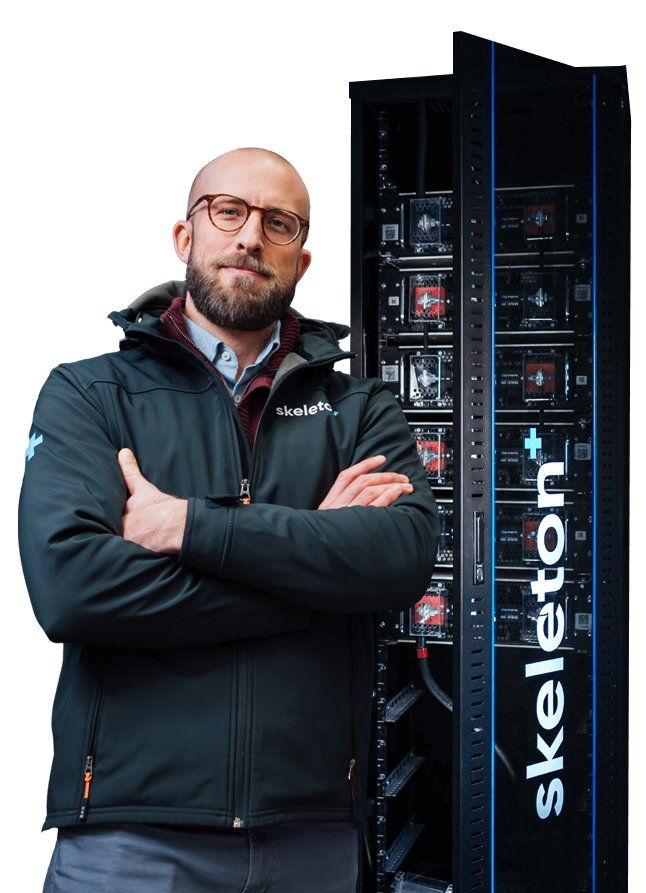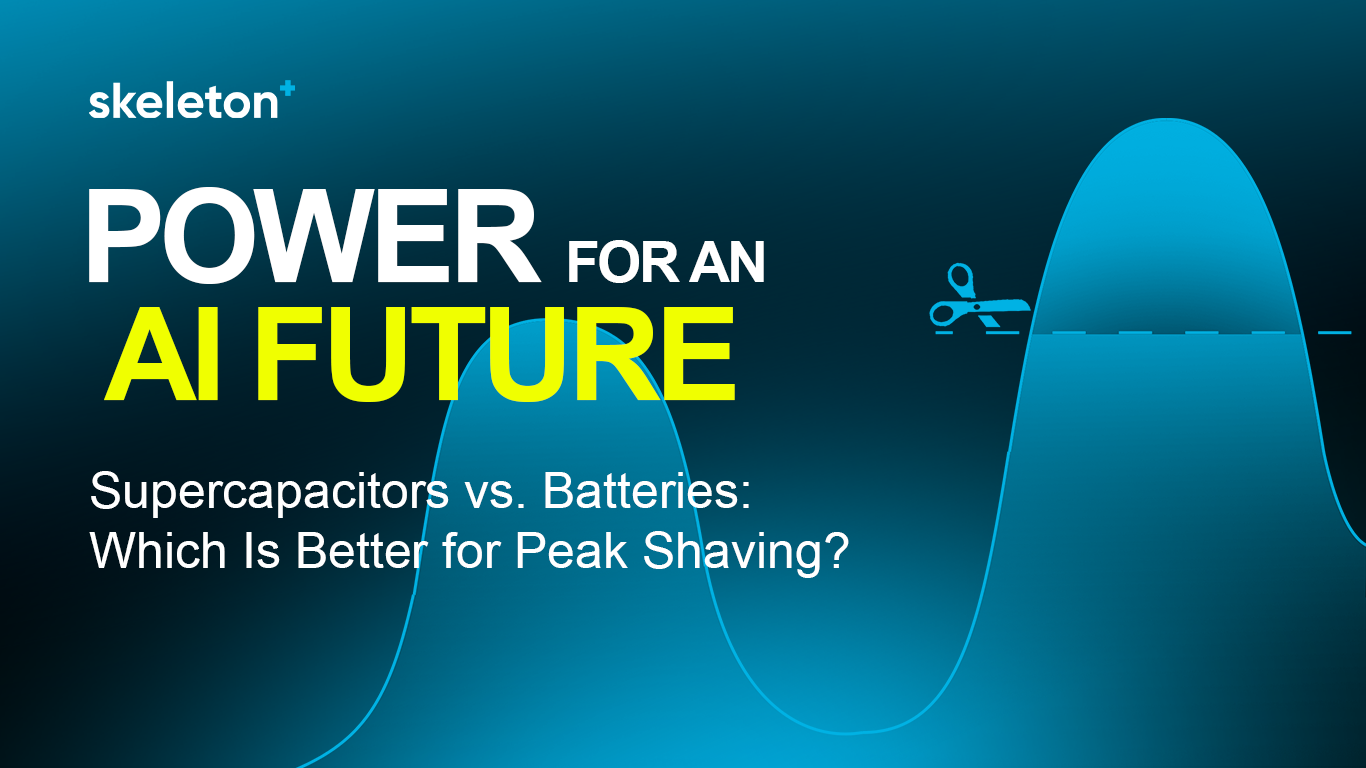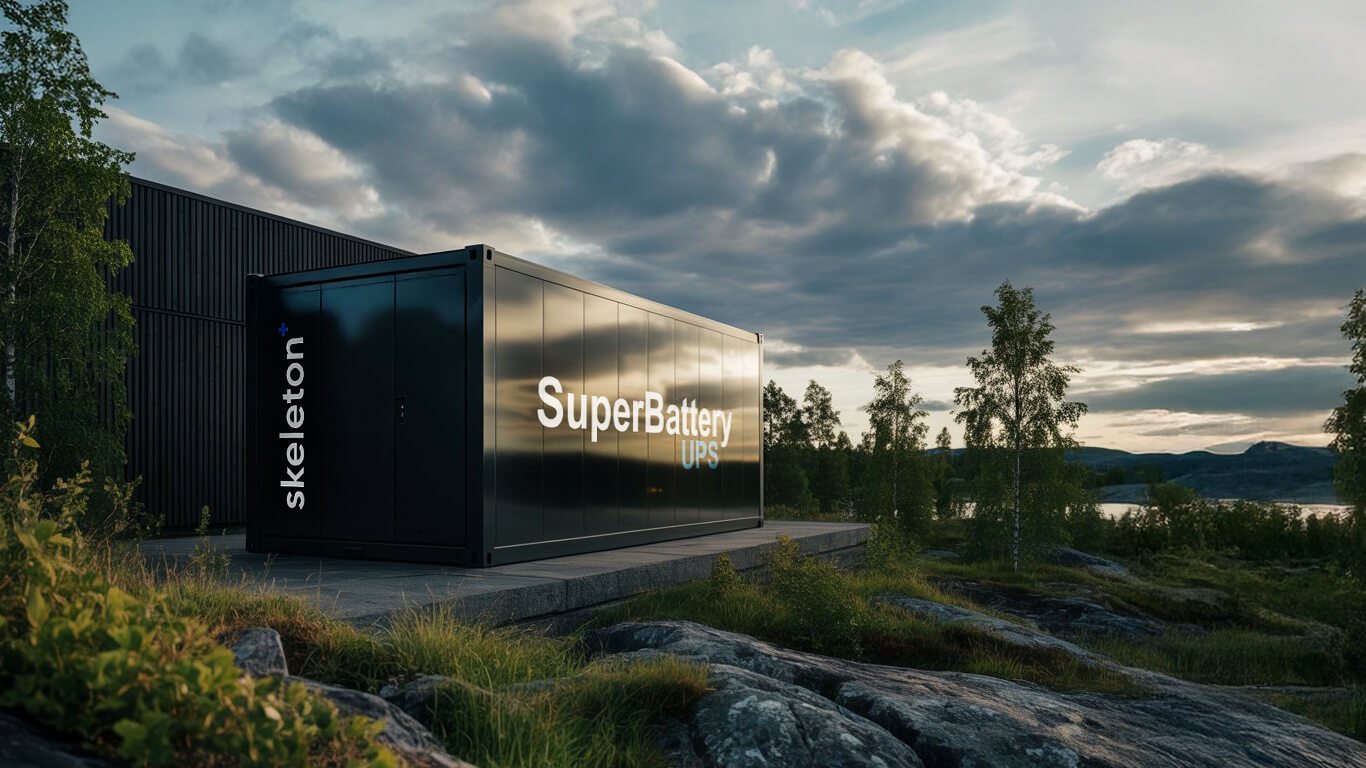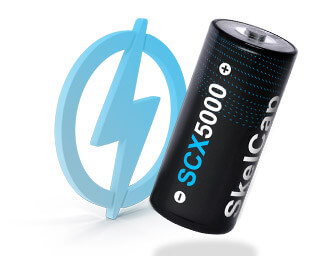
AI Data Center Power Smoothing - Why Is GrapheneGPU Different?
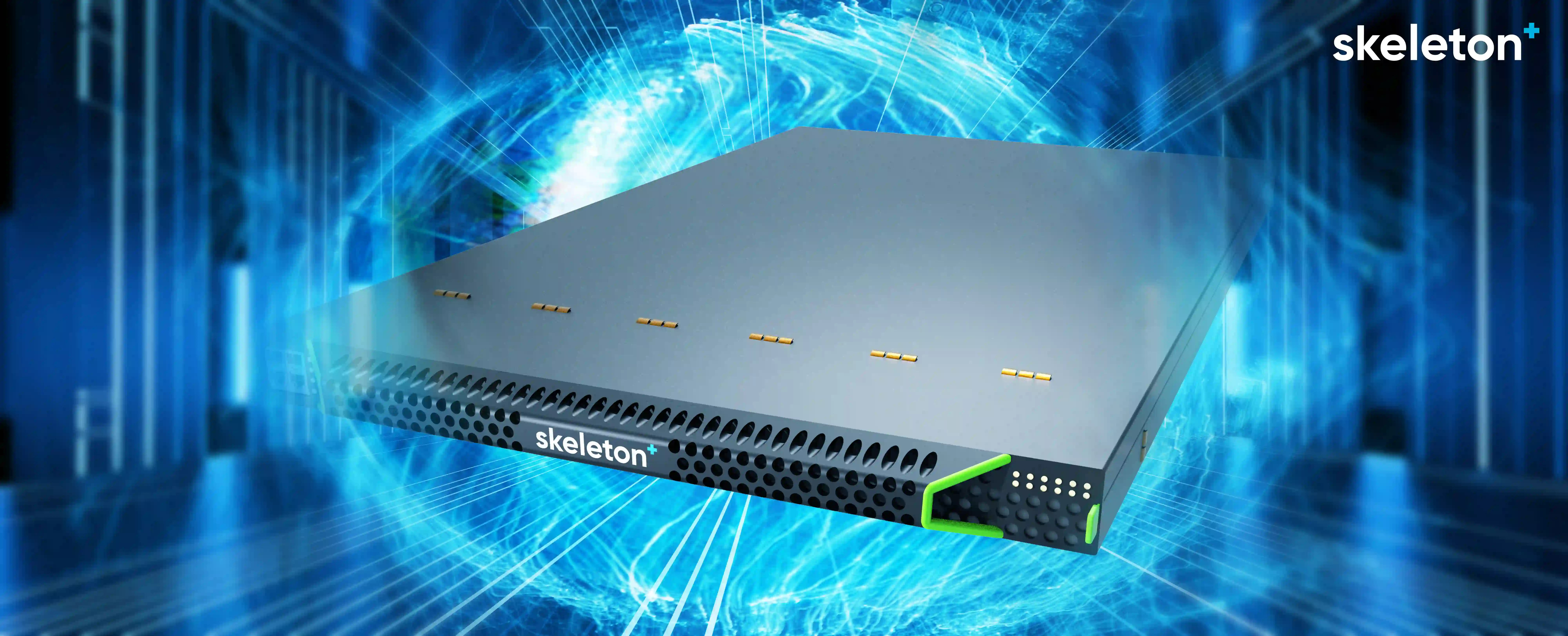
AI data centers do not draw steady power, but instead, the demand can swing from 20 MW at idle to 180 MW at full burst in a few milliseconds, then crash back down just as fast. Depending on the configuration, a single GPU rack can jump from roughly 6 kW at idle to more than 30 kW in under a tenth of a second, a fivefold surge that traditional power infrastructure struggles to handle.
Utility feeders, switchgear, and most diesel plants cannot follow changes that steep. A modern AI data center houses thousands of racks, multiplying the power swings to a level that is just not feasible for today's power grids.
Electricity demand from AI servers is rising fast. Deloitte projects that AI-centric data centers will be pulling about 90 TWh a year by 2026, which is roughly the whole power bill of the Netherlands or the state of Arizona. Check out our discussion with industry expert Rob West, CEO of Thunder Said Energy, to unpack one of AI’s biggest roadblocks: electricity.
One solution data center operators use is called "dummy loads" or "artificial loads". Dummy loads are essentially meaningless GPU calculations, so instead of cooling off, the GPUs keep computing to artificially keep the power demand stable. The yellow line in the graph below represents the power demand artificially kept at 180 MW in this example.

While dummy loads technically solve the problem, using them has several negative consequences:
- The grid connection for the AI data center must be sized according to the peak power demand (180 MW in our example case), which is expensive and can take many years for new builds.
- The GPUs overheat as they are constantly computing, meaning they need to be derated and cannot operate at their full power.
- Constant operation creates more heat for the data center cooling to deal with, increasing the energy consumption even further.
How does GrapheneGPU help AI data centers?
 With GrapheneGPU added into the system, the AI data center can now operate with a 44% smaller grid connection point, calculated in our example from peak power of 180 MW to 100 MW connection.
With GrapheneGPU added into the system, the AI data center can now operate with a 44% smaller grid connection point, calculated in our example from peak power of 180 MW to 100 MW connection.
The GrapheneGPU units provide the power for the computing peaks. At the same time, the GPUs can now operate at their full power, cool off for the downcycle, and compute again in a cyclic power profile without overheating. Dummy loads are unnecessary.

From a power grid point of view, the data center now consumes a stable 100 MW at a maximum, and the constant cycling of the GPUs has no impact on grid stability. For new AI data centers, the infrastructure can be sized based on the 100 MW peak power, also offering savings on cost compared to the initial 180 MW.
What’s coming next and why a buffer layer matters even more
GPU roadmaps show no signs of slowing. NVIDIA’s Blackwell racks are already nudging 120 kW, and it's only logical the next versions can be even more power-hungry.
At the same time, regulators in both the EU and several U.S. states are drafting grid-code updates that would penalise or even curtail sites whose power ramps exceed a few percent per minute.
The GrapheneGPU product family is the ideal solution for AI data centers to reduce energy consumption, increase computing power, lower CAPEX with grid connection points, and even ensure compliance with potential future grid codes.
